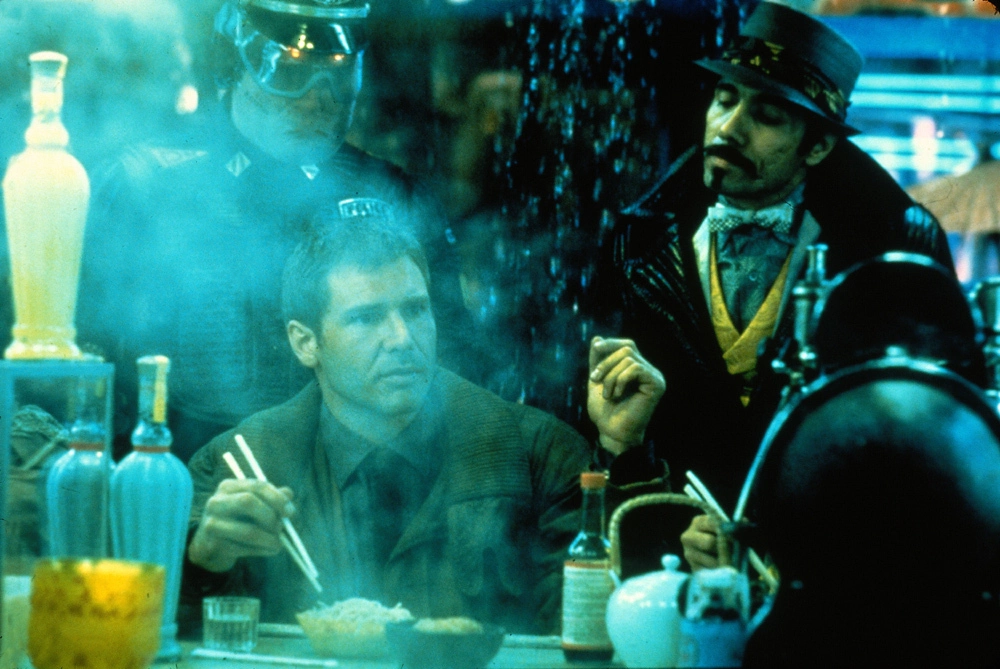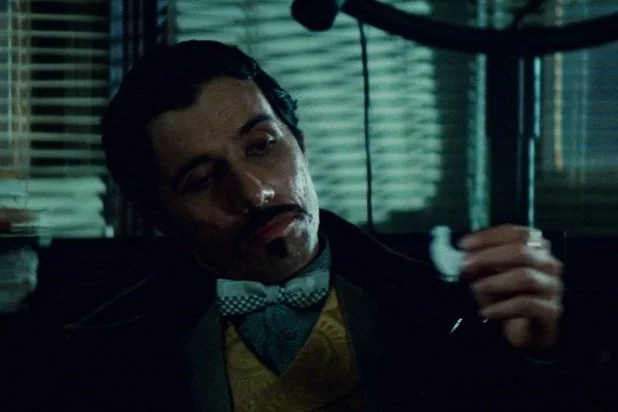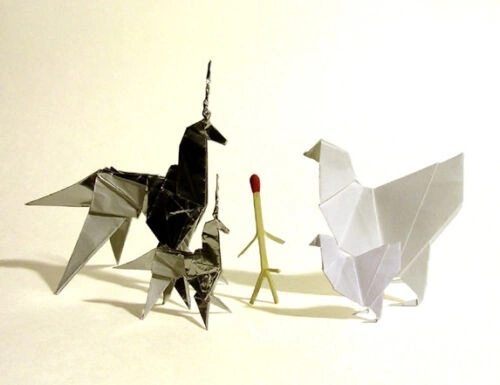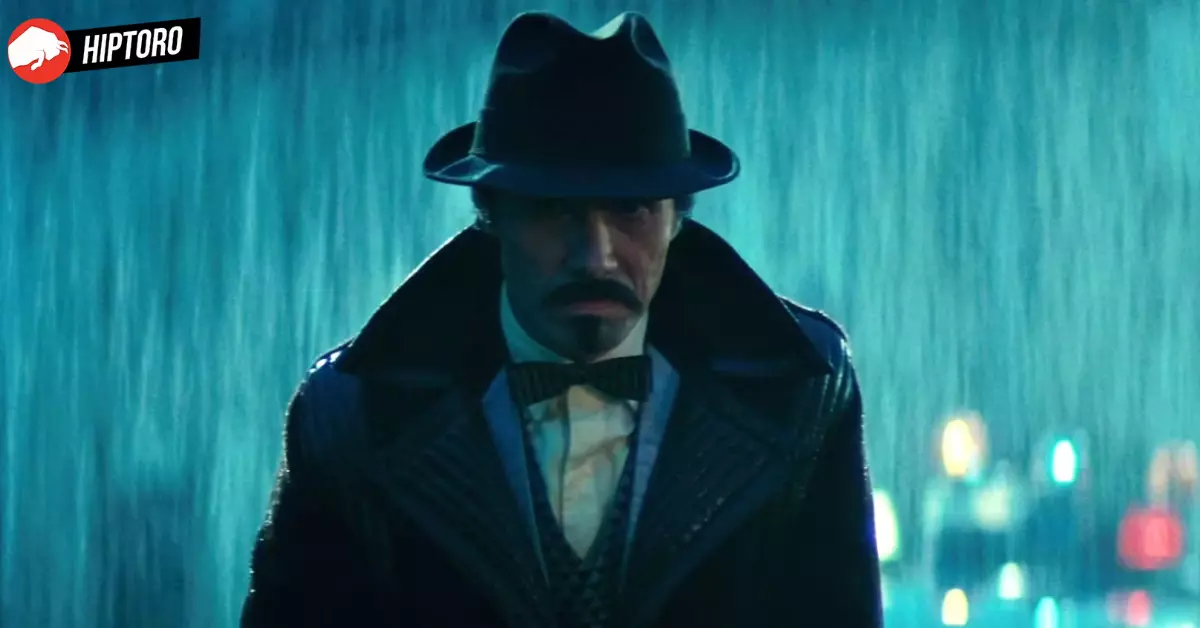Blade Runner is a classic science fiction film that has left an indelible mark on Hollywood and popular culture. Directed by Ridley Scott and released in 1982, the movie is set in a dystopian future where advanced humanoid robots known as “replicants” are virtually indistinguishable from humans. The story follows Rick Deckard, portrayed by Harrison Ford, a retired blade runner whose task is to track down and “retire” replicants that have escaped to Earth.
The movie was rebooted in 2019 which starred Ryan Gosling and Ana De Armas, and was titled Blade Runner 2049.
Blade Runner Plot
Set against a stunning neo-noir backdrop, Blade Runner delves into thought-provoking themes such as artificial intelligence, identity, and the nature of humanity. Its visually striking cinematography, mesmerizing special effects, and hauntingly atmospheric soundtrack composed by Vangelis have cemented the film’s status as a cinematic masterpiece.
There are various details in the film that ignite curiosity and interest among many sci-fi movie fans. One such detail that fans have often wondered about is Gaff’s character and the meaning behind his origami creatures.

Who Was Gaff?
Gaff, portrayed by Edward James Olmos, is a mysterious and enigmatic character in “Blade Runner.” He serves as a supporting figure in the film, often appearing alongside the main character, Rick Deckard (Harrison Ford). Gaff is a fellow blade runner, like Deckard, and is known for his exceptional origami skills, folding intricate paper figures that convey subtle messages.
Throughout the movie, Gaff’s role is multifaceted and somewhat ambiguous. He is initially introduced as a colleague of Deckard, providing him with information and insights related to his assignment to hunt down and retire replicants. Gaff seems to have a deep understanding of the replicants and their motivations, occasionally leaving cryptic origami messages that suggest he is both observant and possibly manipulative.

One of the most significant aspects of Gaff’s role is his relationship with Deckard. He appears to have a certain level of authority over Deckard, making their interactions somewhat tense and authoritative. Gaff’s involvement raises questions about the larger motivations of the blade runner organization and their intentions regarding the replicants.
Gaff’s role in Blade Runner adds an additional layer of intrigue and mystery to the narrative. His enigmatic presence and subtle actions contribute to the film’s overall atmosphere of uncertainty and philosophical contemplation, leaving audiences to speculate on his true motivations and the deeper implications of his character within the context of the story.
Real Meaning Behind Gaff’s Origami in Blade Runner
Throughout the movie, we see Gaff creating a chicken, a unicorn, and an erect matchstick figure made from origami. According to fans, we’ve deduced that Gaff was implying real situations happening in the movie through his origami.

- The chicken was employed to taunt Deckard, suggesting he was a coward for not wanting to do the task.
- The matchstick man with an erection was another jibe, implying Deckard was infatuated with Rachel.
- Towards the end of the film, Gaff’s role takes on a pivotal significance during the climactic confrontation between Deckard and Roy Batty. Gaff’s final origami creation, a delicate unicorn, alludes to a recurring dream that Deckard has had, suggesting that Gaff knows more about Deckard’s thoughts and experiences than expected.









